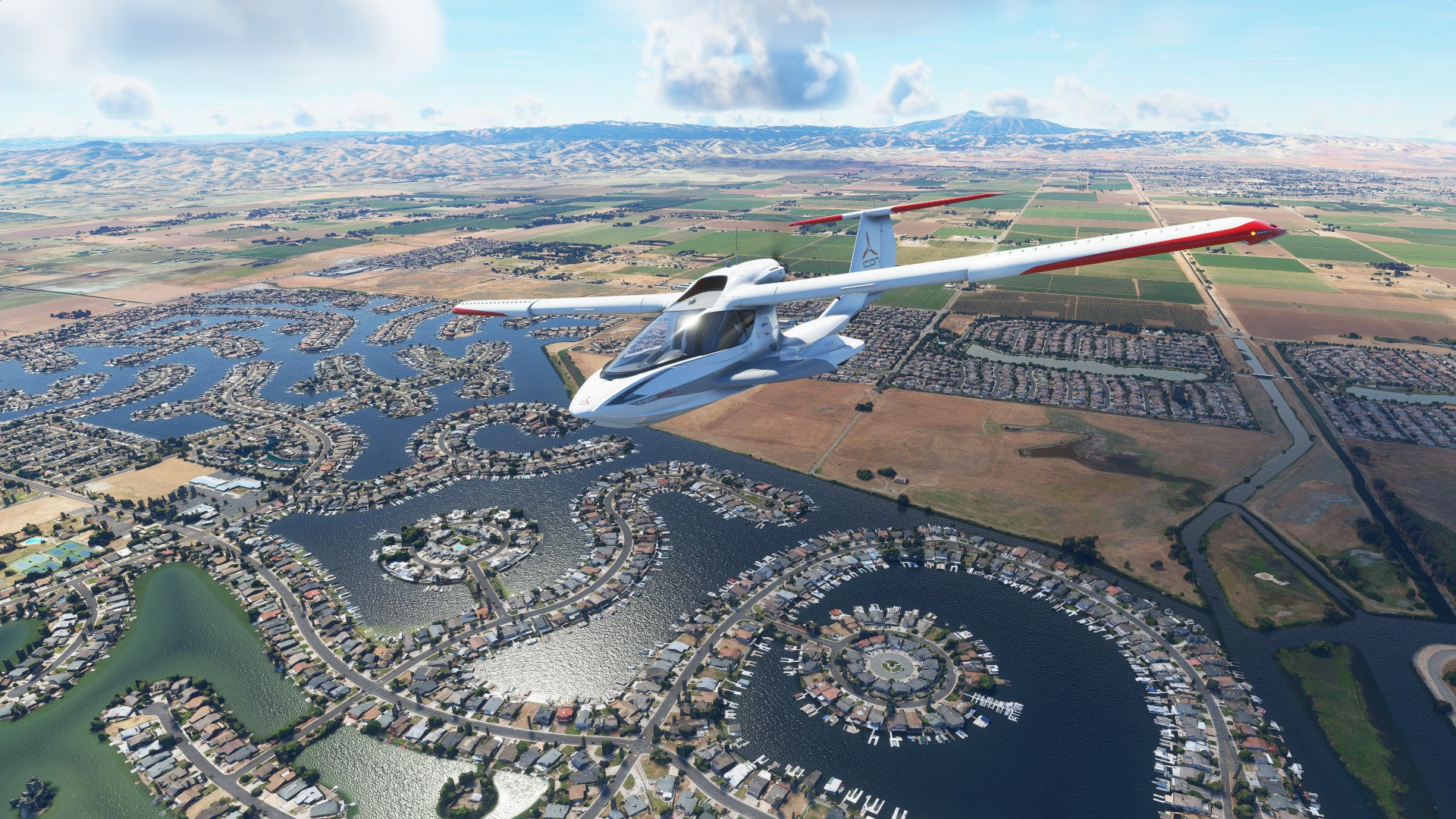Interview: Jörg Neumann on Microsoft Flight Simulator
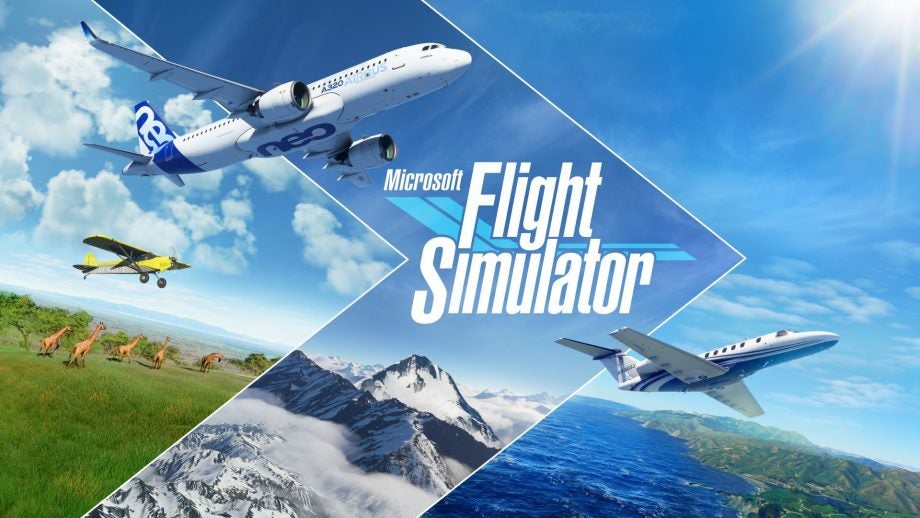
We sat down with Jörg Neumann, head of Microsoft Flight Simulator, to understand the process of creating an accurate version of our world and how they ported it over to the Xbox Series X.
Debuting in August of last year, Microsoft Flight Simulator gives players the chance to explore the world, from the deserts of America to the streets of Tokyo, you can fly almost anywhere.
Read on to as we spoke to Jörg Neumann about how they went about developing the game, if they took inspiration from any other games and the process of porting a PC game onto the Xbox Series X.
What challenges did you face when porting the Microsoft Flight Simulator over to consoles?
“I would say that we always start with the player. When we launched on PC we have already supported the gamepad. But we knew through game pass on PC that people would come in that have never really seen a platform. And that’s what happened. We saw that there was sort of an on-ramp, frankly, to to the experience when you when the first time you place them, it’s a different thing from a game.
So we looked at the controller quite a bit, and we looked at territorialization… And dialling all that back, we said, the first thing we actually ever did, you call it a discovery flight.
It’s when you fall in love. That’s actually what that is like. And we tried to recapture that again. And why? Why did that work? Well, because the copilot did pretty much everything… all you do is move the stick around a little bit.
So we came up with this idea of saying, let’s create this new thing called discovery flights. We launched you in the air so you don’t have to bother. And basically said, people watch the trailers, and they’re oftentimes curious because the trailers look pretty, and they just want to see what this is all about.
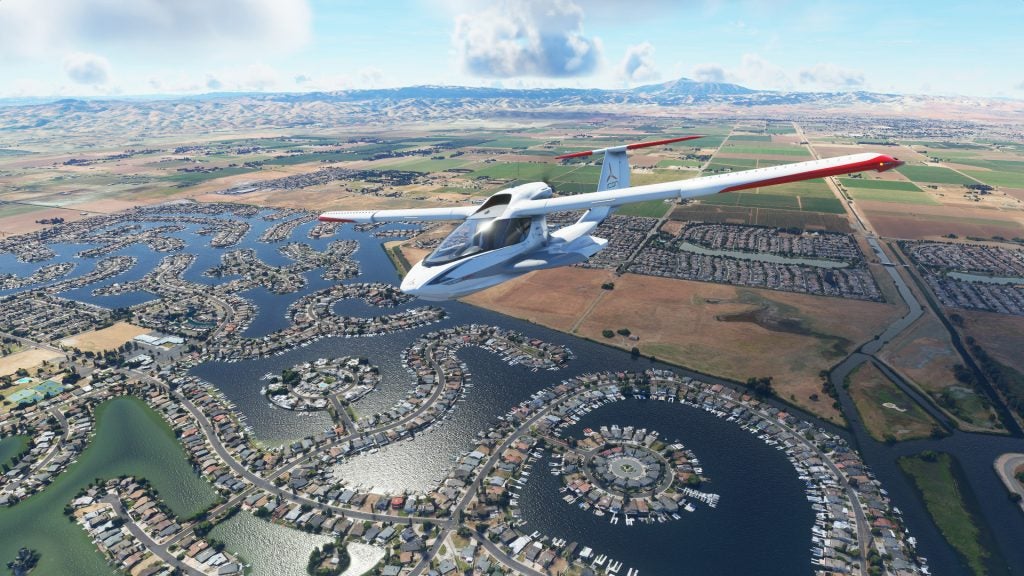
And I oftentimes say… if you’ve never been in the aeroplane, it kind of looks kind of like a spaceship. It’s kind of scary. So by giving them an immediate, immediate success, you sort of demystify the machine. And so that was the first step.
And then the second thing is we looked at our tutorials. Again, we have done quite a few on the PC, we did eight, they were long. They were very PC type tutorials, you know, you get through them… And so we actually said, we need to go we need to be better at learning specifically.
We looked at a bunch of other games, the one we all play FIFA. So we looked at FIFA quite a bit… they have really itty-bitty tutorials. So we sort of took that sentiment, we made our tutorials shorter, we added more of them. We put a lot of emphasis on performance evaluation. So after you’re done with the tutorial, it actually tells you explicitly now how you could do this better. And you actually learn.
But at some point, you sort of consumed the world, you see all the shapes and the colours, and you get a sense for what it’s like. But we wanted to strengthen that even more. So we started to add labels of cities and the mountains and rivers. And as you fly around, now you actually learn, you actually learn and retain about the world.
And then another thing, so it’s going back to this whole model the spot instructor… So we’re putting a tool in now. It’s called flight assistance. And the flight assistant helps you with all kinds of stuff… So the flight assistance, you now can basically select the lowest or the POI around you and you and then it actually flies you say to the statue of the Redeemer or something, it will fly you there and then it starts circling around the poi so you can actually know, okay, I can take my hands off the steering wheel, I can actually look around and see real for all its glory.
We basically said let’s allow people to land wherever they want. So now they can land on water, we added floats. And we added skis for the winter. And we added what we call big tires, like gigantic tires, so you can actually land us in a field. And that all helps you feel comfortable. So that was a big deal for us to for all these newcomers… people that have never ever been in a flight sim or a plane, make feel good safe in control.”
Did it become a learning experience for players?
“I think that’s what happened. Right? I think that’s partially because of the world in which we live and you know with the pandemic and all that stuff and people couldn’t really go anywhere… I can travel the world at least virtually now.
And I think it’s because we have what we call a digital twin that actually looks pretty authentic everywhere. The dream always was to have a full representation of the earth. [When] Chicago was like three little rectangles, that was Chicago. So for the regular consumer, it wasn’t really all that compelling to go explore… now you can fly to some quarters or something and it looks exactly like it.
And if you ever consider going on vacation, you can actually go check it out. Now you can land your plane, check out the beaches. I mean, it is, it’s never been possible before. So yeah, I think it’s just sort of naturally happened.”
Were there any major compromises you have to make to the simulator working on the Xbox Series X?
“Oh, I think so. I mean, I would say compromise is the wrong word, there was a lot of work. When we launched, I think we needed like 23 gigabytes of memory. And, the consoles don’t have that much memory. The fascinating thing about this product is it sort of expands the hardware that it’s on because of its usage of the cloud.
So we have things on the PC version, which we called offline worlds. And that’s very much an opt-in, it’s actually 42 gigabytes. If your internet ever goes down, you can basically see an offline [version].
And then as much as we could offload to the cloud, we did. So there are things like tree masks, and water masks and all these other things… worldwide is a pretty big operation. That’s also when you look at the SiriusXM series, as it is obviously not exactly the same hardware. But the experience is pretty much identical… one is in 4k, the other one is not but it’s upscaled to 4k, but it visually looks very, very close. So I would say, our base principle, when we started the transition over to console was, we can’t go back, we can’t go down, it can’t go diminished.
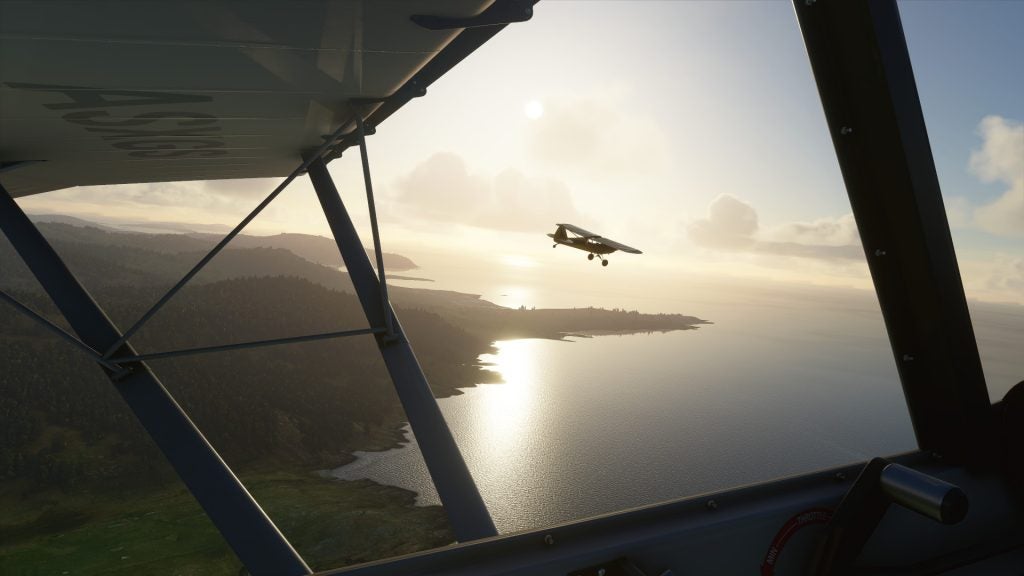
We definitely have all these principles. We’re never going to dumb down the SIM, we’re never going to make it look worse. We’re never going to do this. And then the thing that’s important is a consistent frame rate. So we actually did say, early on, we’re gonna lock 30 that because flight simming, it’s not a shooter, right? It’s not very twitchy, when is the plane, forward momentum, you sort of steer slowly, you know, so you can do for 30 frames a second feels nice.
But what doesn’t feel nice is when it starts to deteriorate. That really isn’t good. So we spent actually a lot of time optimising the entire product, including obviously the PC side to not stutter it anymore. [We] make sure the threading is fully optimised for those types of things, but it’s otherwise pretty much the same.”
What was the reason for choosing to port over to the Xbox?
“I mean, I would say I fundamentally believe in choice. One of the things I honestly love, yeah, I work at Microsoft, but what I really love about where gaming is going is that it’s more and more independent of what machine you’re on. I mean, I always use Netflix, I have twin daughters, and then when Netflix started, we got this in the mail… and I think the world’s just changed, technology enables this to be ubiquitous everywhere.
And I think that is a good thing because expensive PCs are for just on the socio-economic perspective not affordable in huge chunks of this planet. And I think I genuinely feel that the dream of flight is near-universal.
I think it’s very much ingrained in us as a species. And I think, why is that locked behind a $3,000 computer? That makes no sense. So I am very happy that people can now buy it on a console that lowers the threshold and down the road, I think we’re gonna see more of that, like Microsoft with game streaming, I think that democratises what’s possible. And I think that’s great for some products like this, it’s just a good thing.”
Is there extra content in the Xbox version?
“I would say so. We are not a one and done product, right. So we launched our PC in August last year. And I said we were going to make a major update every month, which seems a little crazy, pandemic and all but we did it. So every, every month, we either have something called a sim update, where we basically make we work with the community and aircraft manufacturers, and they tell us what we can improve and then we improve those things.
And then every other month, we have a world update. And the world update just focuses on a specific region of the planet, so when it was like a month after launch, we updated Japan, and then the US and then the UK and Ireland and then France and Benelux, then the Nordics. And now we’re working on Germany, Austria and Switzerland. And we are just gonna go around the planet and keep making it better get the best data we can possibly get and make it pretty on we make you know, we celebrate, we really celebrate these regions.
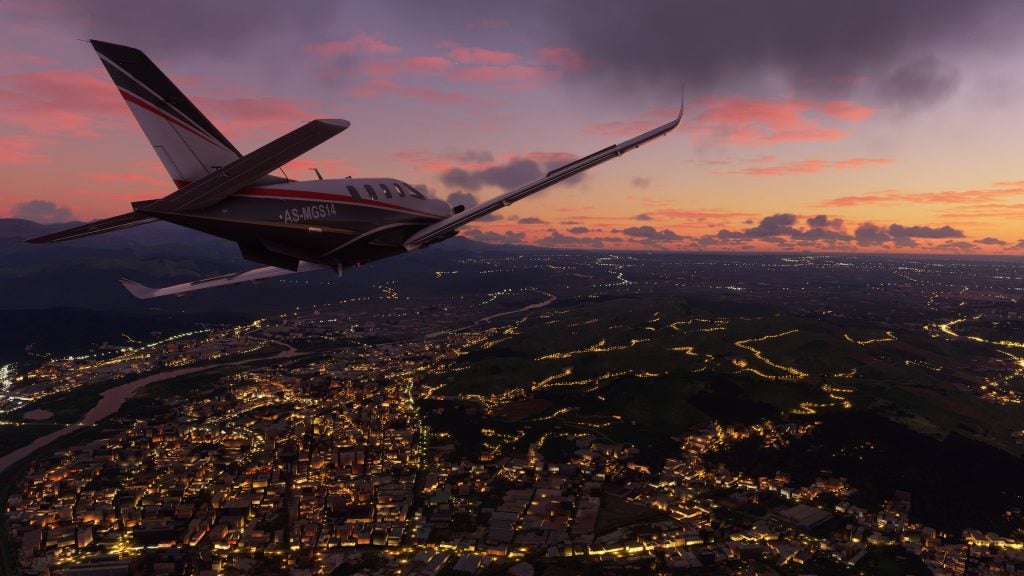
So when you compare the Xbox version to the PC launch last year, it’s a very different product. Like we added things like Paris and London and Amsterdam, and we added a whole bunch of missions and we added six world updates and all that stuff flows into the product. Now those two things are linked on the PC and the Xbox version, they will go in lockstep forward.
So it’s very much a game as a service. So to answer the question, yeah, the game is very different, much better we think, but on the Xbox, simply because it’s 10 months of progression later.”
So is your main goal to make it accurate as possible to the real world?
“Yeah, that’s pretty much it. So we, I mean is it perfect? It’s as perfect as the weather forecast. And the amount of satellites and weather stations that are getting lit up in the world is increasing at a very rapid rate. So we can now see… satellites that actually change their tracking cameras to capture a kilometre grid to track thunderstorms.
We don’t have that. But it sounds cool. Yeah, so if we can get one-kilometre thunderstorms, heck yeah, why not? So… the world is full of sensors, like my phone is a sensor like cars have a lot of sensors, my front door sensors, the sensors literally everywhere.
And there’s an increasing number of satellites in the air… with SpaceX and some much more commercialised now. So you can find things like entire arrays of 12 satellites that do nothing other than wildfire tracking, and that data is actually all public does not require theory… And we can use it like we have a role model.
And we can have any data stream coming in really, if you really wanted to get waves or something with cars driving around where the accidents are, there’s nothing really preventing us from doing it. So I think authenticity is a big deal.
And it is in many ways why I sim was like the plan is to do exactly what the plane does. We get messages from pilots in the air sending us videos of, Hey, I’m in a 320 I’m over the ocean, the air conditioner just kicked in, this is what it sounds like because it doesn’t sound right in the Sim.
They send us the video so that it is our life. That is how this kind of deal works. We’re getting, I wouldn’t say bombarded but we’re getting many, many emails with lots and lots of authentic things. And we are trying our best to get all that integrated to make this the perfect Sim.”



